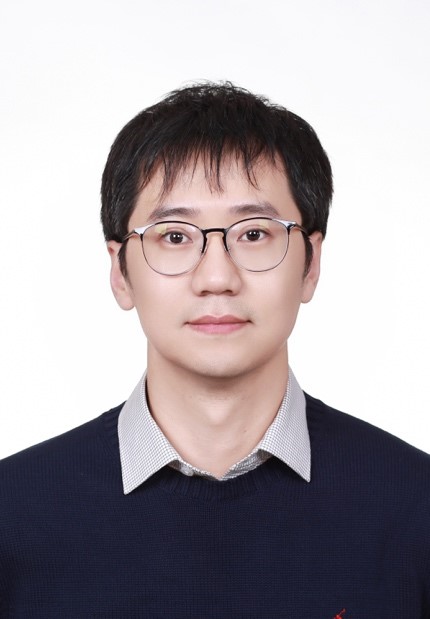
阮林浩 华中科技大学同济医学院教授,博导
专业方向:渐冻人症的细胞分子机理;线粒体在蛋白稳态中的新功能
个人简介:2011年毕业于华中科技大学生命科学与技术学院生物技术专业,获理学和管理学双学士学位。2014年毕业于中国科学院大学生物物理研究所,获生物工程专业硕士学位(合作导师吴瑛教授)。2021年毕业于约翰霍普金斯大学医学院,获细胞生物学方向理学博士学位(合作导师Rong Li)。2021至2024年,于约翰霍普金斯医学院脑科学研究所从事博士后研究(合作导师Jeffrey Rothstein)。入选国家高层次人才项目并于2024年入职基础医学院生理学系。主要研究渐冻人症的细胞分子机制,以及衰老中的线粒体损伤和蛋白稳态调节的关系。回国前曾主持美国心脏协会、陈-扎克伯格基金会的研究项目。近年来以第一、共同第一作者在Nature, Science Advances, eLife, Journal of Cell Science, Annual Review Biophysics等重要期刊发表论文。
实验室主要采用由人类多能干细胞衍生的神经元、小鼠和酵母细胞模型,运用跨学科方法融合细胞生物学、分子生物学、神经生物学和生物化学,应用超分辨率成像、CRISPR基因编辑、全基因组筛选、流式细胞分选及遗传操作等技术,深入研究衰老及神经退行性疾病的细胞分子基础。同时,我们也致力于开发检测渐冻症的新型试剂盒和治疗方法。
实验室网站: ruanlinhaolab.com
联系方式:ruanlinhao@hust.edu.cn
发表的工作: https://pubmed.ncbi.nlm.nih.gov/?term=linhao+ruan
Ruan Linhao, Professor and Ph.D. advisor at Tongji Medical College, Huazhong University of Science and Technology.
Research Focus: Cellular and molecular mechanisms of amyotrophic lateral sclerosis (ALS); mitochondrial functions in protein homeostasis.
Biography: In 2011, Ruan Linhao graduated from the College of Life Science and Technology at Huazhong University of Science and Technology with dual bachelor's degrees in Biotechnology, Science, and Management. He completed his Master's degree in Bioengineering in 2014 at the Institute of Biophysics, University of Chinese Academy of Sciences (Advisor: Professor Jane Wu). In 2021, he received his Ph.D. in Cell Biology from Johns Hopkins University School of Medicine (Advisor: Rong Li). From 2021 to 2024, he conducted postdoctoral research at the Brain Science Institute of Johns Hopkins School of Medicine (Advisor: Jeffrey Rothstein). He joined the Department of Physiology at the School of Basic Medicine in 2024. His main research interests include the cellular and molecular mechanisms of ALS and the relationship between mitochondrial damage and protein homeostasis regulation in aging. Prior to returning to China, he led research projects funded by the American Heart Association and the Chan Zuckerberg Initiative. In recent years, he has published papers as the first or co-first author in prestigious journals such as Nature, Science Advances, eLife, Journal of Cell Science, and Annual Review of Biophysics.
His laboratory primarily utilizes models of human pluripotent stem cell-derived neurons, mice, and yeast cells, integrating interdisciplinary approaches from cell biology, molecular biology, neurobiology, and biochemistry. They employ techniques such as super-resolution imaging, CRISPR gene editing, whole-genome screening, flow cytometry, and genetic manipulation to understand the cellular and molecular underlying aging and neurodegenerative diseases. Additionally, his team is dedicated to developing new diagnostic kits and treatments for ALS.
 学院官方微信
学院官方微信